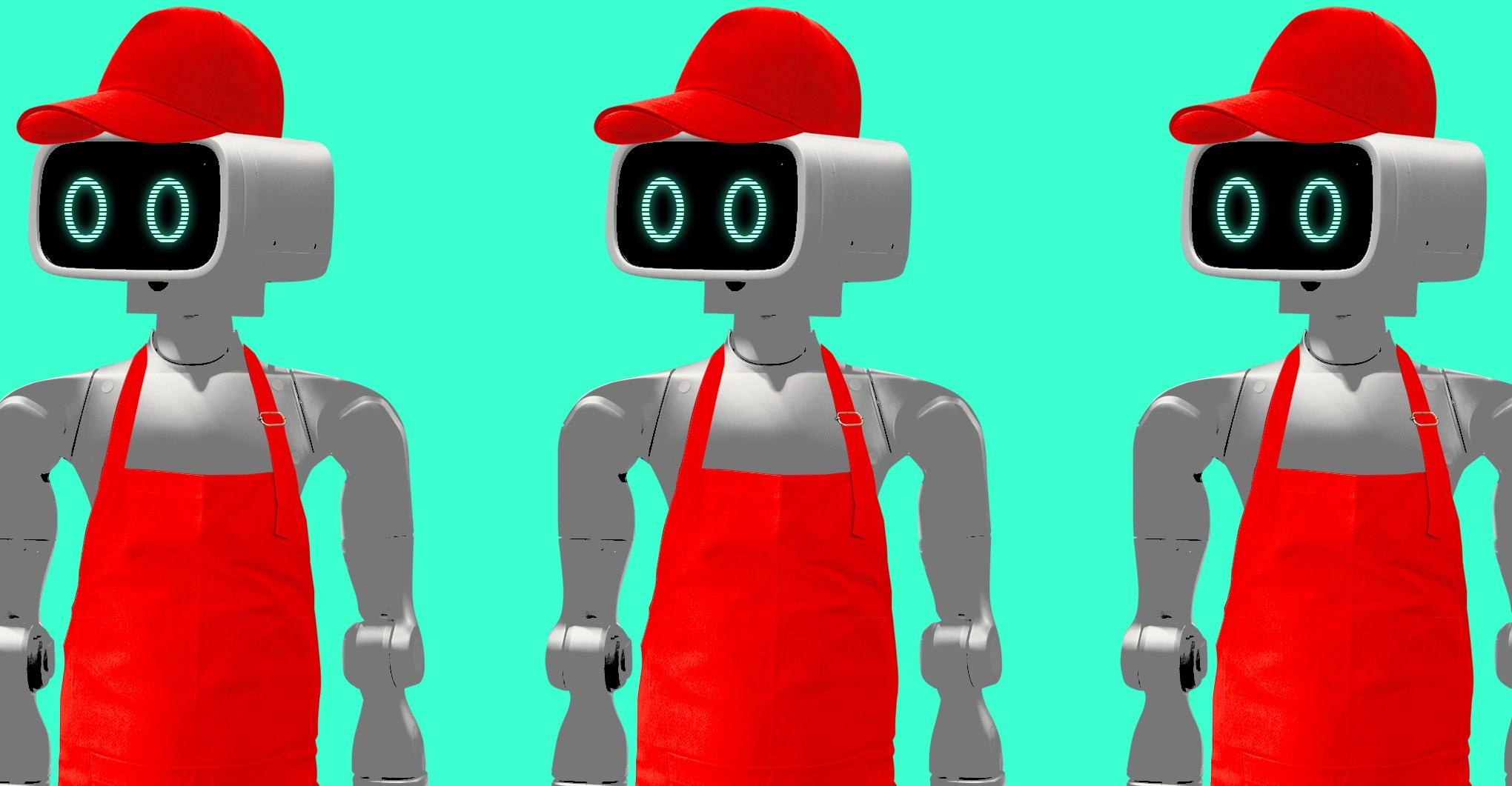Technology
- Home
- Technology
- News
Tech left teens fighting over scraps, and now it wants those too
Right now, there are robots stocking convenience store shelves in Japan. We haven't embraced that tech here in America yet, but it's hard to imagine 7-11 or Walmart won't at least experiment with it soon. Walmart gave up on its shelf-scanning robots in 2020, …

Published 21 days ago on Oct 31st 2025, 5:00 am
By Web Desk

Right now, there are robots stocking convenience store shelves in Japan. We haven’t embraced that tech here in America yet, but it’s hard to imagine 7-11 or Walmart won’t at least experiment with it soon. Walmart gave up on its shelf-scanning robots in 2020, but machine vision and AI have improved a lot in the last five years, and it’s only a matter of time before it’s a machine refilling that row of family-sized Fruity Pebbles and not a kid earning some extra cash during senior year of high school.
Truth is, there just aren’t many jobs for teens out there anymore, and most of them have chosen to simply remove themselves from the job market. In August of 2000, 52.3 percent of Americans between the ages of 16 and 19 were active in the labor force. In August of 2025, that number is just 34.8 percent.
There are a ton of reasons why (which mostly boil down to “technology”), but regardless of the why, it’s bad for everyone.
[Media: https://youtu.be/8C_OKyh0hq4]
First and foremost, nobody benefits from having a robot flip your burger instead of a human. Well, nobody except whoever invested in RoboBurgers.AI, that is. As Harry J. Holzer, a senior fellow at the Brookings Institution, points out, automation “shifts compensation from workers to business owners, who enjoy higher profits with less need for labor.” As a customer, you get a product that isn’t demonstrably better or more reliable than what a 17-year-old goth kid could whip up. You don’t get it any cheaper, either, and if there’s another AWS outage, you might not get anything at all.
Just as importantly, teens are missing out on a valuable experience during some of the most formative years of their lives. Learning to juggle the responsibilities of a job, navigate a workplace, and develop basic financial literacy skills only gets harder as you get older. They’ll arrive in the workforce with less experience under their belt, without having been able to test run dealing with a difficult boss in a low-stakes job at a Dairy Queen.
MIT economist Daron Acemoglu argues that automation doesn’t actually improve productivity that much, is mostly just drives income inequality by displacing lower-skill workers. Automation has eaten into jobs in manufacturing and warehouses, pushing adults who would normally work those positions into areas traditionally reserved for younger workers, like retail, food delivery, and even paper routes. The average age of a retail worker in the US in 2024 was 38.7. In clothing retail specifically, which skews much younger than retail as a whole, it was 33, up dramatically from 29.3 in 2015.
And now that adults are delivering pizza on the side to supplement their stagnant wages and to try to keep up with soaring prices, the robots are coming for those jobs, too. It wasn’t enough that 17-year-olds with driver’s licenses got pushed out of the delivery market by Uber Eats and DoorDash where, depending on what state you live in, you might need to be 21 to drop off Chinese takeout to hungry families. Now, both those companies are dabbling with autonomous food delivery robots in the US.
At the risk of sounding like a Luddite, I’m not interested in having a self-driving cooler roll up to my gate to bring me sushi — I see no benefit to me as a consumer. There’s nothing broken with the current system that a robot is going to fix. Plus, I’ll never have to worry about my salmon avocado rolls spoiling inside a delivery driver’s 2012 Prius because of a firmware update and spotty cell reception.
Stocking shelves, scooping ice cream, flipping burgers, and delivering takeout aren’t glorious jobs. But they used to be the sort of thing that gave young adults and teenagers a first taste of independence. They offered valuable lessons in managing a budget and taught them important interpersonal skills. But the knock-on effects of online shopping, automation, and digital media have largely driven them out of the workforce.
Teens have voluntarily removed themselves from the labor market because they’re forced to fight over an ever-shrinking pool of jobs with an ever-expanding pool of workers. And now, we’re training robots to take what few scraps are left. Even bagging groceries isn’t safe.

Grant breezes to 2nd LPGA title at The Annika
- 11 hours ago

Fortnite is coming to the Xbox PC store
- 3 hours ago

How LimeWire ended the Napster music revolution
- 3 hours ago

Jets' Boyd in critical condition after being shot
- 11 hours ago

You can now buy pre-owned Ford vehicles on Amazon
- 3 hours ago

Game blouses: Bears use 'Chappelle's Show' Prince bit to troll Vikings, top Week 11's petty posts
- 11 hours ago

Buy now, pay later is more dangerous than ever
- 10 hours ago

Here are 25 of our favorite outdoorsy deals from REI’s massive Holiday Sale
- 3 hours ago

Valve made Microsoft’s dream console
- 3 hours ago

The Asus Falcata is an ambitious split ergo gaming keyboard that falls short
- 3 hours ago

The SEC offered a dose of playoff football in Week 12
- 11 hours ago

Stereogum soldiers on in the era of streaming and AI
- 3 hours ago
You May Like
Trending





